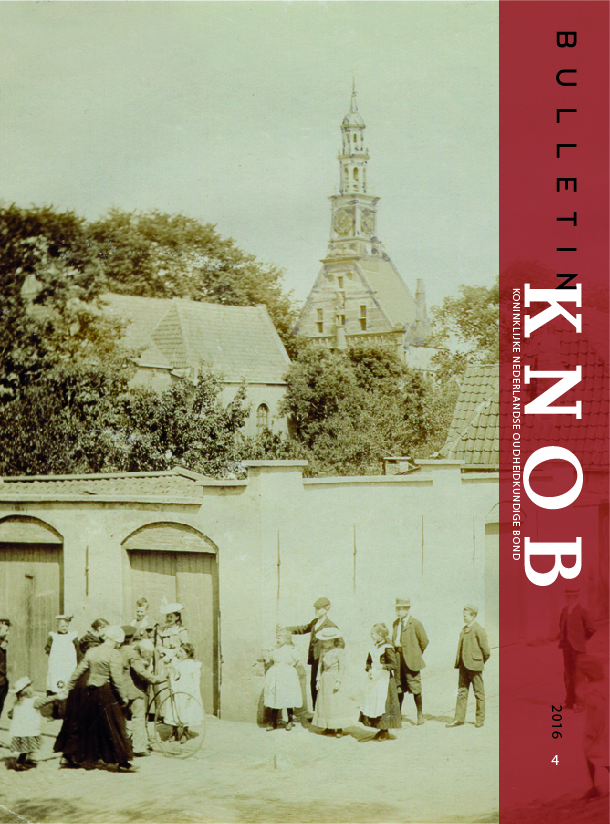Indexing ESCI / Scopus


Arjen Oosterman: In memoriam Rob Dettingmeijer (1945-2016) Reinout Rutte: Themanummer Krimp in de stad Jan-Willem de Winter: Gehavende steden. De krimp van middeleeuwse havensteden in Zeeland van de zestiende tot en met de negentiende eeuw Minke Walda: 'Daar het amoveren van gebouwen in deze dagen zo algemeen is'. Het stedelijk beleid inzake krimp in Hoorn en Enkhuizen in de lange achttiende eeuw Jelmer van der Zweep: Haagse groei versus Leidse krimp. Een vergelijking van de ruimtelijke ontwikkelingen in twee Hollandse steden tussen 1700 en 1870 Publicaties: Herman de Liagre Böhl, Rumoer aan de Amstel. Het Amsterdamse stadhuis en het muziektheater 1808-1988 (recensie Tim Verlaan) Marleen Sloof en Jaap Evert Abrahamse (red.), Amsterdams werelderfgoed. De grachtengordel na 400 jaar Pieter Vlaardingerbroek (red.), De wereld van de Amsterdamse grachten Annemiek te Stroete en Gabri van Tussenbroek (red.), De Amsterdamse grachtengordel. Werelderfgoed sinds de Gouden Eeuw (recensie Lex Bosman)
The south-western delta region of the present-day Netherlands, the area where the rivers Maas, Schelde and Waal flow into the North Sea, experienced a period of great economic prosperity from the thirteenth to the fifteenth century. The trans-shipment of international merchandise to and from the towns and cities of the interior generated considerable wealth, which was concentrated in the strategically located seaports. However, in the sixteenth century, prolonged hostilities and the repeated silting-up of the harbours resulted in a major economic downturn. Trade and prosperity steadily...
After the economic prosperity of the Golden Age, the Netherlands entered a period of stagnation and decline, which lasted roughly from 1700 to 1850. During this period the city of Leiden saw its population shrink dramatically from some 53,000 inhabitants to around 36,000. The Hague, by contrast, experienced strong growth, from 30,000 to 52,000 inhabitants. This article compares spatial developments in these two northern Dutch cities based on development maps generated by a detailed analysis of historical city street maps. Such visual documentation of urban spatial changes in this period...
The population of the North-Holland towns of Hoorn and Enkhuizen declined dramatically in the period
1680–1830, sinking to an all-time low at the beginning of the nineteenth century. Between 1622 and 1829 the population of Hoorn almost halved. In Enkhuizen the number of inhabitants declined by over 75 per cent up to 1840, while 2,500 of the original 3,615 houses disappeared. Despite extensive analysis of the economic and demographic decline of towns and cities in the Dutch Republic from a historical perspective, there has been relatively...
Review of a book authored bij Herman de Liagre Böhl.
Review of a book authored by Marleen Sloof and Jaap Evert Abrahamse.
Review of a book authored bu Pieter Vlaardingerbroek.
Review of a book authored by Annemiek te Stroete and Gabri van Tussenbroek.
